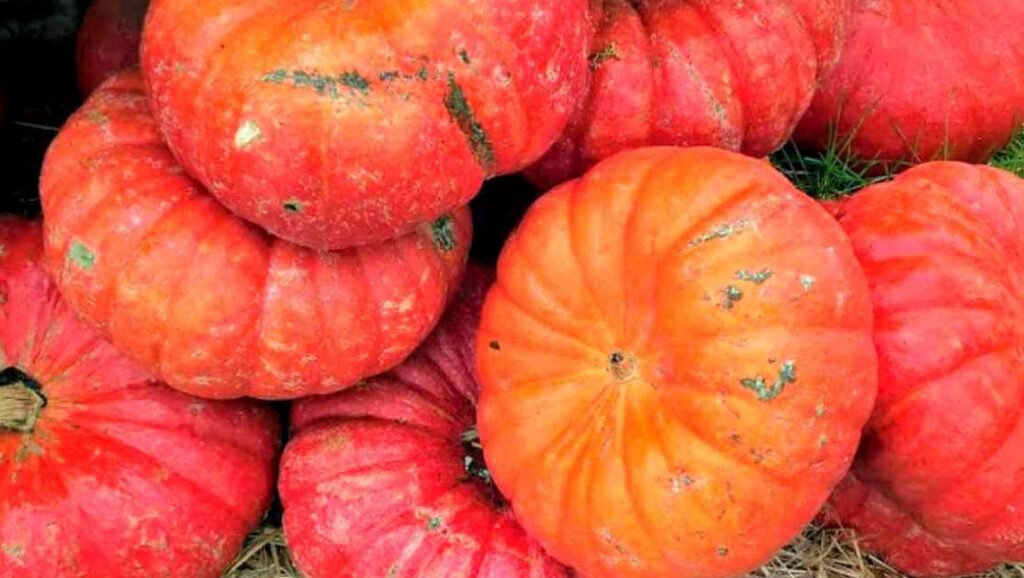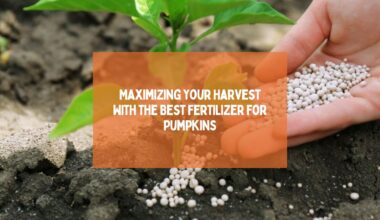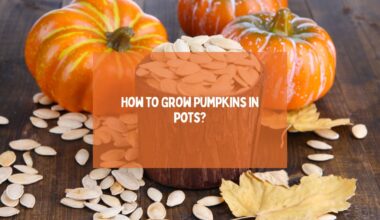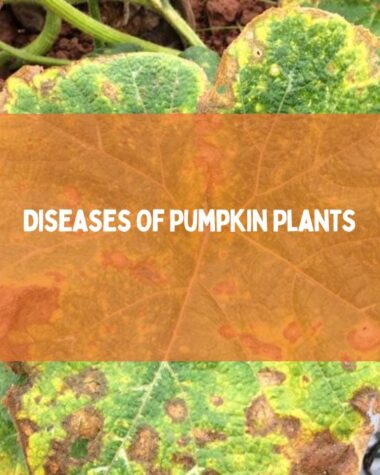To successfully grow red pumpkins, it’s important to select the right variety that will thrive in your local climate and soil conditions. A healthy crop needs the soil to be prepared well, get enough water, and be fertilized regularly.
To grow red pumpkins successfully, you must plant the seeds in a warm, sunny place, make sure they have enough room to grow and thrive, and take steps to keep pests and diseases away.
With good care and maintenance, gardeners can get a lot of bright red pumpkins that are delicious to eat. In this article, I will tell you how to grow red pumpkins successfully.
Let’s start.
9 Tips To Grow Red Pumpkins

Growing red pumpkins can be fun and rewarding, but you have to plan and do things right. Using organic insecticides and crop rotation can also help protect plants from pests and diseases.
With the right knowledge and attention to detail, anyone can grow vibrant and delicious red pumpkins in their own backyard. The 9 tips to grow red pumpkins are given below;
Related Reading
1. Choosing The Right Variety Of Red Pumpkin
Choosing the right variety of red pumpkins is crucial to successful pumpkin growth. Some popular red pumpkin varieties include Red Warty Thing and Cinderella. When selecting a variety, consider the size, shape, and flavor of the pumpkin, as well as the climate and growing conditions of your region.
Make sure to buy seeds from a reliable source and follow the planting and care instructions for the specific variety. By choosing the right kind of red pumpkin, gardeners can make sure they have a better chance of success and a good harvest.
2. Prepare The Soil For Pumpkins
To prepare the soil for growing red pumpkins, gardeners should choose a sunny location and cultivate the soil to a depth of at least 12 inches. They should mix in organic matter such as compost or well-rotted manure to improve the soil’s fertility and drainage.
Pumpkins need consistent moisture, but they can’t grow in soil that is too wet. This means that they need to be watered properly. Gardeners should also ensure the soil’s pH is between 6.0 and 6.8, which is slightly acidic to neutral. When planting, space the seeds or seedlings at least 3 to 5 feet apart, as red pumpkins require plenty of space to grow and spread.
3. Plant The Seeds In Right Season
Planting the seeds in the right season is crucial to the successful growth of red pumpkins. They should be planted after the last frost in warm soil with a temperature of at least 60°F (15°C). It’s best to plant the seeds in full sun in well-draining soil with a pH level of 6.0–6.8.
It’s also important to ensure that the soil is rich in organic matter and nitrogen. It’s important to water your plants regularly, especially during dry spells, and it’s best to put mulch around them to keep water in and keep weeds down. Fertilizing your pumpkin plants every two weeks with a balanced fertilizer will help them grow healthy and make bright red pumpkins.
4. Give Heat And Sunlight To Plants
Providing adequate heat and sunlight is crucial for growing healthy red pumpkins. These plants require warm soil and air temperatures, with a minimum of six hours of direct sunlight each day. Choosing a sunny and well-draining location to plant the seeds is essential, as red pumpkins need warmth to germinate and grow.
Gardeners should also make sure the soil has a lot of organic matter and is fertilized regularly to give the plants the nutrients they need to grow. Proper irrigation is important, as overwatering can cause root rot and underwatering can stunt growth.
With the right combination of heat, sunlight, soil quality, and water, gardeners can successfully grow vibrant and delicious red pumpkins.
5. Proper Watering System
Proper watering is crucial for the growth and health of red pumpkin plants. They require consistent moisture in the soil but not waterlogged conditions. Gardeners should aim to water the plants deeply once or twice a week, depending on the weather conditions and the soil type. It is important to avoid overhead watering, which can promote the growth of fungal diseases.
Instead, gardeners should water the plants at the base, using a drip irrigation system or a soaker hose. Mulching around the plants can also help to retain moisture in the soil and reduce weed growth, which can compete with the pumpkins for nutrients and water.
By providing adequate and consistent water, gardeners can help their red pumpkin plants thrive and produce a healthy harvest.
6. Fertilize Regularly
Regular fertilization is crucial for growing healthy and robust red pumpkins. Gardeners should fertilize their pumpkin plants every two to three weeks with a balanced fertilizer that contains equal parts nitrogen, phosphorus, and potassium. The fertilizer should be applied to the soil around the plant’s base, taking care not to get it on the leaves or stem.
Adding organic matter, such as compost or well-rotted manure, to the soil can improve its fertility and provide the necessary nutrients for the pumpkin plants. Fertilizing pumpkin plants on a regular basis gives them the nutrients they need to grow and produce a lot of beautiful, tasty red pumpkins.
7. Mulch Around Your Plants
Mulching around red pumpkin plants is an important step in their growth and maintenance. It helps to retain moisture in the soil, suppress weeds, and regulate soil temperature, which can lead to better root development and yield. By using organic materials like straw, leaves, or compost, the soil can get more nutrients as they break down.
It’s also important to ensure the mulch is not directly touching the base of the plant to prevent moisture from causing rot or attracting pests.
8. Protect Plants From Pests And Diseases
To keep pests and diseases from hurting red pumpkin plants, gardeners should take preventative steps like rotating crops, using organic pesticides, and keeping the garden clean. It is important to monitor the plants regularly for any signs of pests or diseases, such as wilting or discoloration, and take immediate action to address the issue.
9. Harvest At The Right Time
Harvesting red pumpkins at the right time is crucial to ensuring optimal flavor, texture, and longevity. It is recommended to wait until the pumpkins have fully matured and the stem has turned brown and dried. To grow red pumpkins successfully, choose a variety that will do well in your climate and growing conditions.
Plant the seeds in fertile soil that is well-drained, and provide regular irrigation to keep the soil moist. Fertilize the plants regularly and provide support to prevent the vines from breaking under the weight of the growing pumpkins. Taking preventive measures to protect the plants from pests and diseases can also contribute to a successful harvest.
With proper care and attention, you can grow vibrant and delicious red pumpkins that are sure to impress.
Related Reading
- Understanding Deformed Carrots And How To Fix Them
- How to maximize the late-season tomato harvest – Some Tips that Work
- 5 Reasons Why Zucchini Leaves Turn Brown
Conclusion
Gowing red pumpkins can be a fun and rewarding experience for gardeners who are willing to put in the time and effort. It is important to choose the right variety of pumpkin, prepare the soil, provide adequate water and nutrients, and take measures to protect the plants from pests and diseases.
By following these tips and harvesting at the right time, gardeners can enjoy a bountiful harvest of flavorful and visually stunning red pumpkins. Whether you are an experienced gardener or a beginner, growing red pumpkins can be a great way to enhance your gardening skills and add a pop of color to your autumn harvest.
Thanks for reading!







